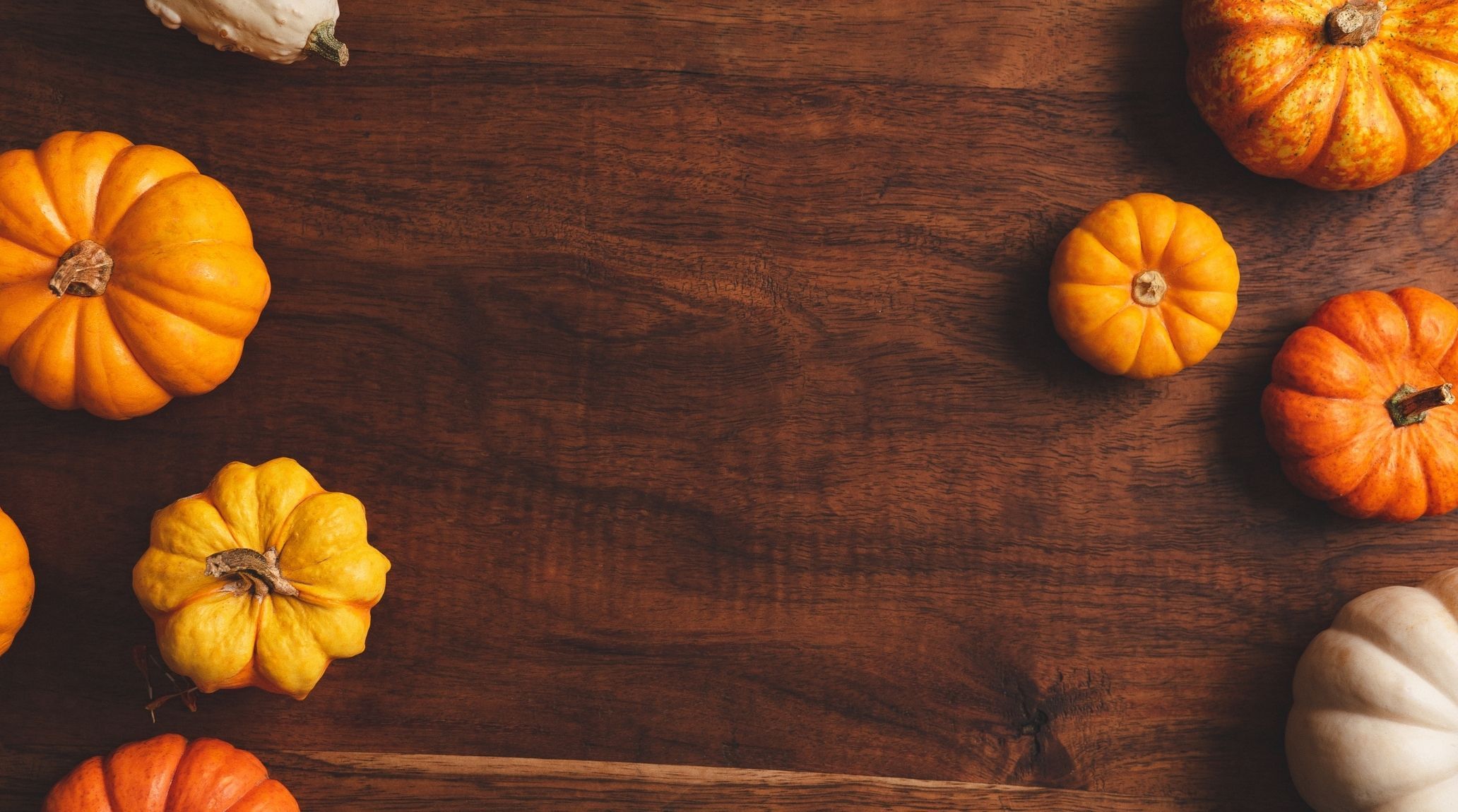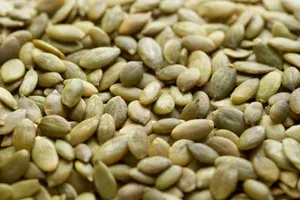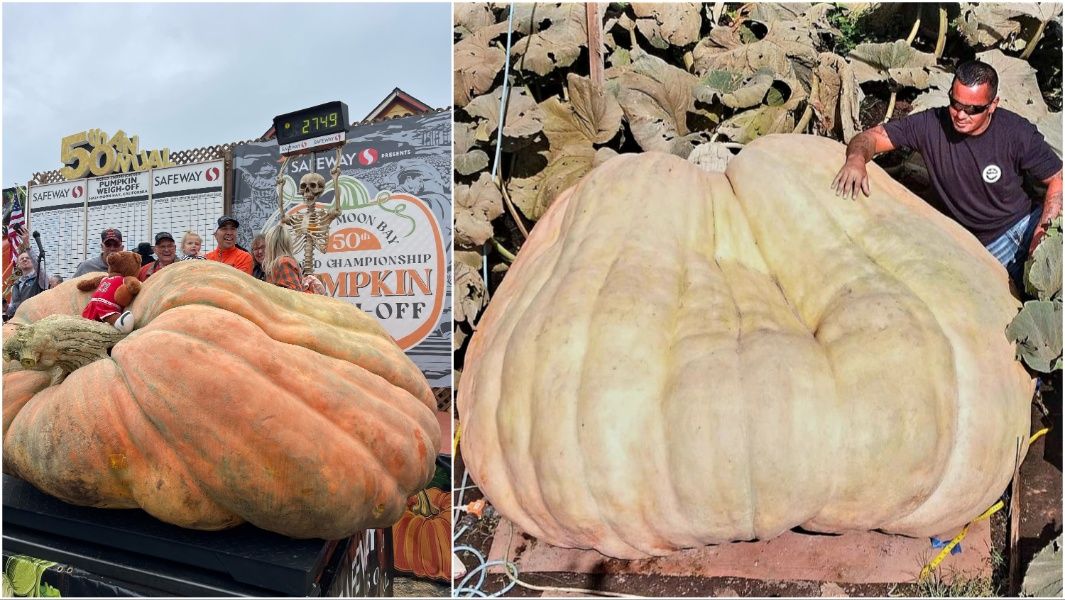
“
Pumpkins are much more than just a symbol of autumn! In this blog, we dive into 20 Surprising Facts About Pumpkin, exploring its rich history, health benefits, and unique uses. Did you know that pumpkins are packed with nutrients and have been used in a variety of global cuisines for centuries? From their ancient origins to their starring role in Halloween traditions, pumpkins offer a lot more than meets the eye. 1
1
1
1
”
Pumpkins are technically a type of squash and belong to the Cucurbitaceae family, making them close relatives of cucumbers and melons. Botanically, they are considered fruits, as they develop from the flowering part of the plant. 1
China is the world's largest producer of pumpkins, followed by India. Together, these countries account for over half of the global pumpkin production, making pumpkins a significant agricultural commodity in Asia.2
The pumpkin is versatile; its flesh is edible, and its flowers are used in cooking as well. Often stuffed or fried, pumpkin flowers are featured in various culinary traditions around the world, showcasing their global appeal.3
Beyond pies and soups, pumpkins are used in a wide range of products, from pumpkin-flavoured coffees and beers to skincare products, thanks to their rich content of vitamins A and C, which are beneficial for the skin.4

Pumpkin seeds, also known as pepitas, are nutrient-dense and packed with protein, healthy fats, and zinc. They are often roasted as a snack or used in cooking, adding a nutty flavour and nutritional boost to various dishes.
In the U.S., pumpkins generate significant revenue, especially during the fall season. The Halloween industry alone sees millions of pumpkins sold for decoration, with the pumpkin market valued at over $200 million annually.5
There are over 45 different varieties of pumpkins, ranging in color from traditional orange to white, green, and even blue. Each variety has its own unique flavour, texture, and use, from ornamental decorations to culinary delights.6
Pumpkins are low in calories and rich in vitamins, particularly vitamin A, which supports eye health. The high fibre content in pumpkins aids digestion and helps maintain a healthy weight, making them a nutritious addition to any diet. 7
Pumpkins are believed to have originated in Central America over 7,500 years ago. They were one of the first crops domesticated by humans, proving their importance in the diet and culture of early civilizations. 8
The flowers of the pumpkin plant are edible and are often used in culinary dishes across different cultures. They can be stuffed, fried, or used in soups and salads, adding a delicate flavour and visual appeal to meals.9
NASA has studied pumpkin plants as part of its space farming research, exploring how they might be grown on long-term space missions. Their hardiness and nutritional value make pumpkins a potential crop for sustaining astronauts in space.10
Pumpkins are also used as feed for livestock, particularly after Halloween when leftover pumpkins are abundant. They provide a nutritious food source for animals like cattle and chickens, reducing waste and benefiting farmers. 11
The first pumpkin pies were made by early American settlers, who hollowed out pumpkins, filled them with milk, honey, and spices, and baked them in hot ashes. This simple method laid the foundation for the modern pumpkin pie. 12

The world’s heaviest pumpkin, weighing 2,749 pounds (1,246.9 kg), was grown by Travis Gienger (USA) and set a new record at the 50th Safeway World Championship Pumpkin Weigh-Off in Half Moon Bay, California, on 9 October 2023.
Pumpkins can grow incredibly fast, gaining as much as 20 pounds in a single day under ideal conditions. This rapid growth makes them fascinating to cultivate and a popular choice for competitive growth.13
Some regions produce pumpkin wine, a unique alcoholic beverage made by fermenting pumpkin flesh. The wine has a distinctive flavour that reflects the autumnal character of pumpkins, offering a seasonal alternative to traditional grape wines. 14
In traditional medicine, pumpkins have been used to treat a variety of ailments, from urinary issues to skin conditions. Their seeds, in particular, have been valued for their anti-inflammatory and antioxidant properties.15
Researchers have explored the potential of pumpkins as a source of biofuel. The sugars in pumpkins can be converted into ethanol, offering a renewable energy source that could reduce dependence on fossil fuels.16
While pumpkins are safe for most people and animals to eat, their leaves and stems contain cucurbitacin, a bitter compound that can be toxic in large amounts. However, this is rarely a concern when consuming the fruit itself.17
Pumpkin oil has been historically used both in cooking and in traditional medicinal practices. It's rich in nutrients, including antioxidants, and is known for supporting heart health and reducing inflammation. 18


